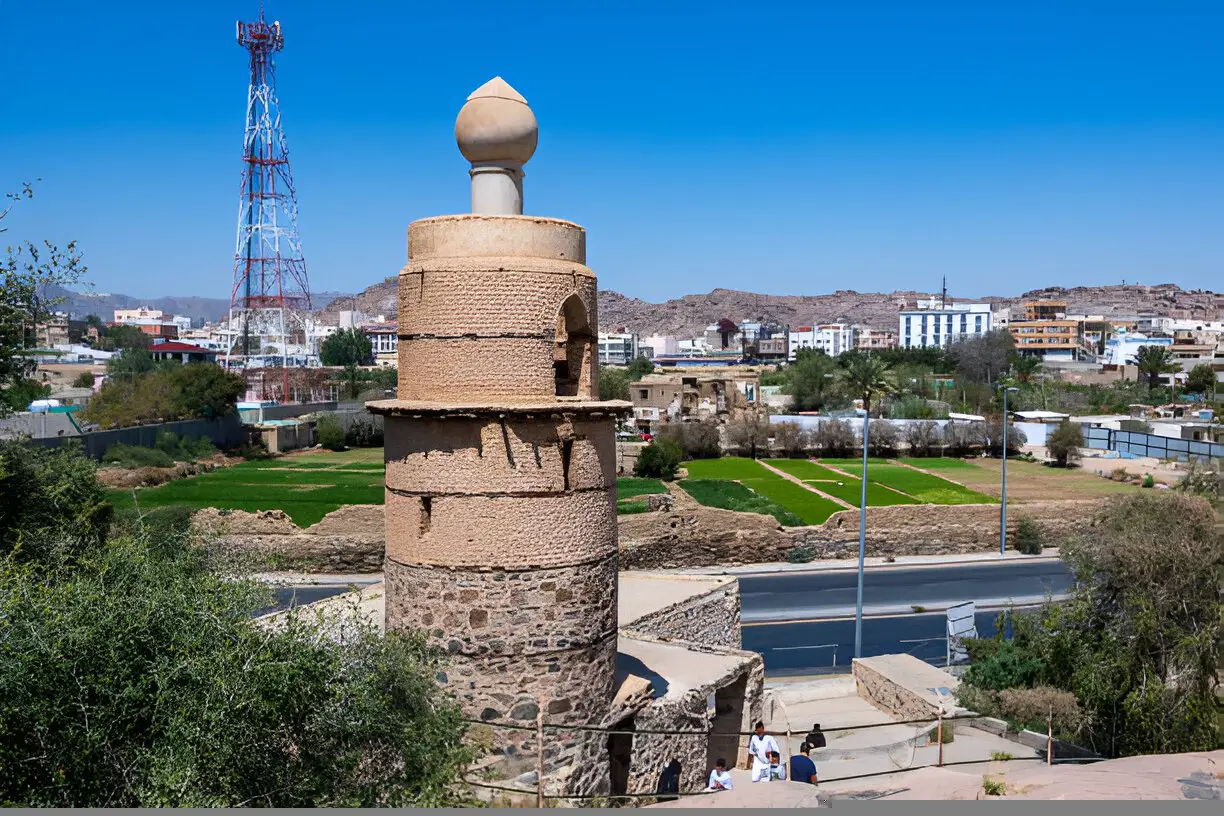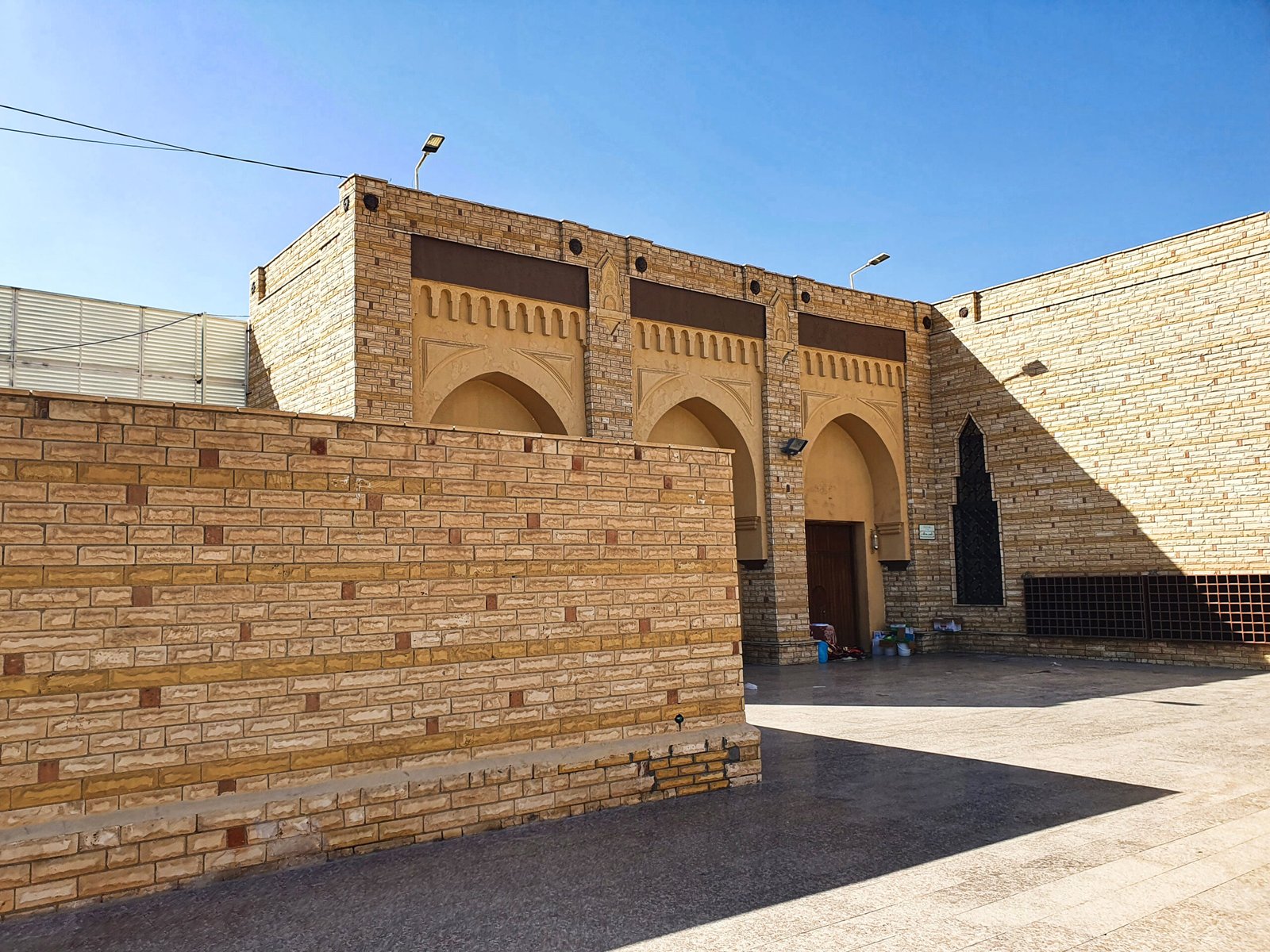Taif is a historical and picturesque city in Saudi Arabia, located approximately 70 kilometers from Makkah. This city is renowned for its historical significance, natural beauty, and serene environment. For those interested in Islamic history and culture, visiting Taif can be an extraordinary experience.
Role of Taif
Taif is known as the “Garden City of Saudi Arabia.” It is situated in a mountainous region, where the climate is relatively cooler, and surrounded by greenery. Taif is known for its natural beauty and early Islamic history. Prophet Muhammad (peace be upon him) visited this city for the purpose of inviting people to Islam, which marks an important chapter in Islamic history.
Six Islamic Historical Sites for Ziyarah in Taif
Every year, millions of people from around the world travel to Saudi Arabia to perform Hajj and Umrah. Many of them visit the historical Ziyarah sites in Taif. Below is a detailed discussion about six Islamic historical Ziyarah sites in Taif.
 Al-Madhoun Mosque
Al-Madhoun Mosque
Al-Madhoun Mosque, also known as Al-Qantara Mosque, is one of the oldest and most significant Islamic heritage sites in Taif. It is located in the Al-Mathnah area of Taif city. This mosque was built approximately 162 years ago during the Ottoman Empire.
After receiving rejection in Taif and returning to Makkah, the Prophet Muhammad (peace be upon him) paused here for rest. He and his adopted son, Zayd ibn Harithah (may Allah be pleased with him), sought refuge in a garden near this location. The current mosque is situated opposite that garden.
The mosque is easily accessible from the center of Taif city and is an important Ziyarah site for pilgrims performing Hajj and Umrah. This mosque holds significant historical importance in Islam and is a brilliant example of Taif’s traditional architecture. If you visit Taif, don’t miss the chance to visit this mosque.
Bani Saad Village
Located south of Taif, Bani Saad Village is considered an important site in Islamic history. It is about 75 kilometers south of Taif city in Saudi Arabia. This village is associated with a significant chapter from the childhood of Prophet Muhammad (peace be upon him).
Hajj and Umrah pilgrims often visit Bani Saad Village to see the house of Halima Sa’diyah. It ranks at the top of the list of most visited Islamic historical sites in Taif. This village is known as the residence of Halima Sa’diyah (may Allah be pleased with her), the Prophet’s foster mother. It is believed that Prophet Muhammad (peace be upon him) spent some of his childhood here.
The ruins of Halima Sa’diyah’s house are located in a mountainous valley called Wadi Haleema in Bani Saad Village. This site is about 75 kilometers south of Taif city, in a quiet and peaceful environment. Upon reaching Bani Saad Village, you can visit the ruins of Halima Sa’diyah’s house with the help of local guides. Local transportation services can be used to travel from Taif City to Bani Saad Village.
Al-Kalada Heritage Village
Al-Kalada Heritage Village is located to the south of Taif, Saudi Arabia, in the Wadi As-Sayail valley along the Taif-Al-Baha road in the Bani Saad region. It is known as one of the largest ancient settlements in the Bani Saad area and an important monument of architectural and cultural heritage from the early Islamic period.
The village sits atop a mountain, its stone buildings embodying traditional Arab architecture. There are two tall, multi-story defensive forts, built to protect the villagers’ commercial activities and to safeguard them from external attacks.
The mosque and courtyard in the village’s center served as venues for festivals and public gatherings. The villagers used the upper path and the lower path, the village’s two main entrances, to access their homes. Surrounding the village are mountains and valleys, where one can find vineyards, peach orchards, and various natural plants such as Ziziphus spina-christi, acacia, and juniper trees.
As part of Saudi Arabia’s historic architecture, Al-Kalada Heritage Village is an important site for pilgrims. The ancient architecture and Islamic historical landmarks here hold spiritual and historical significance for Muslims.
In this village, Al-Haris Ibn Kalada (ra), a famous Arab physician and companion of Prophet Muhammad (sa), once lived. The places associated with him are highly sacred to Muslims, and the mosque, house, and other structures here offer a historic experience for visitors. For this reason, pilgrims who perform Hajj and Umrah often visit this site.
Muawiya Dam
Muawiya Dam, locally known as Saiysad Dam, is a historic reservoir located in the Saiysad Valley, southeast of Taif, Saudi Arabia. This dam was constructed during the reign of the Umayyad Caliph, Hazrat Muawiya (RA), in the year 58 Hijri (678 CE). The dam is situated about 12 kilometers southeast of Taif, in the Saiysad valley, an area characterized by mountainous terrain where water flows from the mountains during the rainy season. The dam measures approximately 30 meters in length, 4 meters in width, and 8.5 meters in height. It was originally built to store and distribute water for irrigating agricultural lands.
The dam was constructed by Abdullah Ibn Sakkhar, who worked under Caliph Muawiya. A large stone located at the lower part of the dam inscribes the construction date. The inscription has six lines, which mention the ownership of the dam, the builder, the construction date, and a prayer for Caliph Muawiya.
The six lines inscribed on the stone are as follows:
- This dam was built by the servant of Allah, Muawiya.
- The Amir al-Mu’minin of the Muslims, by Abdullah Ibn Sakkhar,
- By the grace of Allah, in the thirty-fifth year,
- O Allah, forgive Your servant Muawiya.
- Assist the Amir al-Mu’minin of the Muslims and grant him victory.
- And benefit the believers through him. This text was written by Amr Ibn Habbab.
Hazrat Muawiya (ra) was the first Umayyad caliph and played a significant role in the history of Islam. This dam is an important architectural monument from his reign, showcasing the development of water management and agriculture during his rule.
You can use local transportation from Taif to reach the Saiysad Valley. The dam is a historical site where Muslims can learn about the architectural and water management history of Hazrat Muawiya’s reign.
 Tomb of Abdullah Ibn Abbas
Tomb of Abdullah Ibn Abbas
Abdullah Ibn Abbas (ra) was the paternal cousin of the Prophet Muhammad (sa). He was born in 619 CE in Makkah. He was one of the foremost commentators on the Quran, known for his vast Islamic knowledge. He is regarded as “Hibr al-Ummah” (The Scholar of the Ummah). His tomb is located in the Mosque of Abdullah Ibn Abbas in Taif, Saudi Arabia.
The mosque is located in the Al-Markaziya district of Taif, at the center of the city. It was originally built in 630 CE and later reconstructed in 1958. The mosque contains a graveyard, where the tomb of Abdullah Ibn Abbas (RA) is situated.
The tomb of Abdullah Ibn Abbas (RA) is located opposite the women’s prayer area of the mosque and is enclosed by a white wall. Near his tomb, there is also the tomb of Imam Muhammad Ibn Ali Ibn Abi Talib.
The Mosque of Abdullah Ibn Abbas (ra) is located in the central area of Taif, which is easily accessible. The mosque is open to visitors, offering an opportunity to pray and witness a significant chapter of Islamic history.
Al-Kou Mosque
Al-Kou Mosque, also known as Masjid Al-Kou’a, is a historic and religiously significant site in Taif, Saudi Arabia.
The term “Al-Kou’a” means “elbow,” and according to tradition, during his mission in Taif, Prophet Muhammad (sa) grew exhausted and rested by leaning on a stone with his elbow. This event is commemorated in the naming of the mosque as “Al-Kou Mosque.”
Built about 162 years ago during the Ottoman era, the mosque’s architecture reflects the Abbasid period, giving it an ancient character. It is located in the Al-Mathnah area of Taif, along Wadi Waj Road. The mosque is open from 7:00 AM to 1:00 PM daily.
The locals rejected Prophet Muhammad (sa) when he arrived in Taif on his mission, forcing him to flee the city in an injured state. During this time, he took refuge in the garden of Atba and Shayba Ibn Rabi’ah, where a Christian slave named Addas offered him grapes. This garden is located opposite the current mosque.
Pilgrims visiting Taif often stop by this mosque, as it is a site connected to an important event in the life of Prophet Muhammad (sa). Additionally, the architectural beauty and peaceful environment of the mosque attract visitors.



